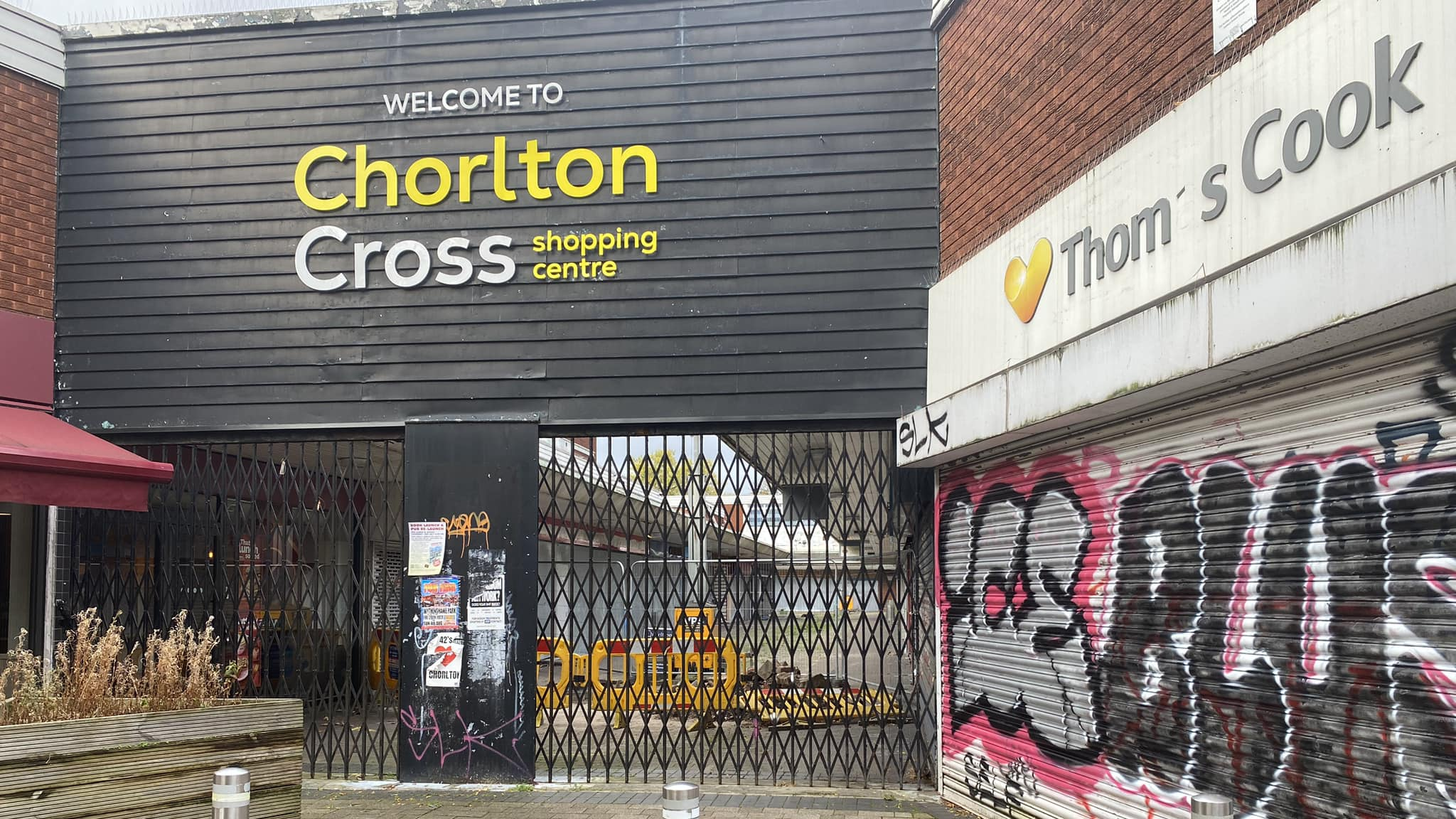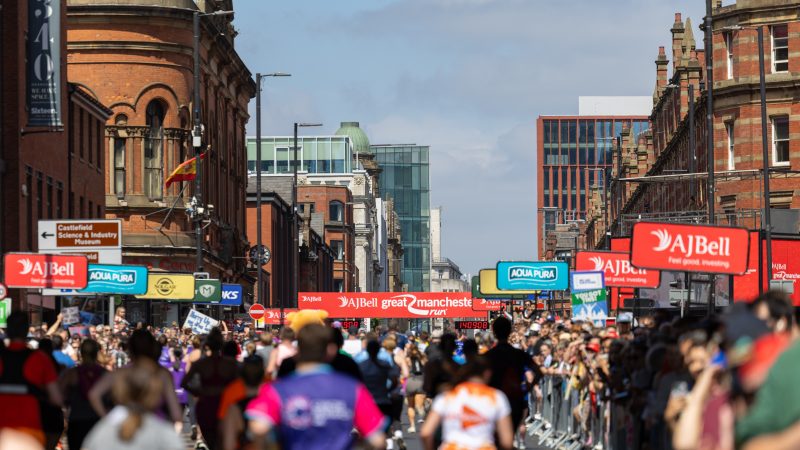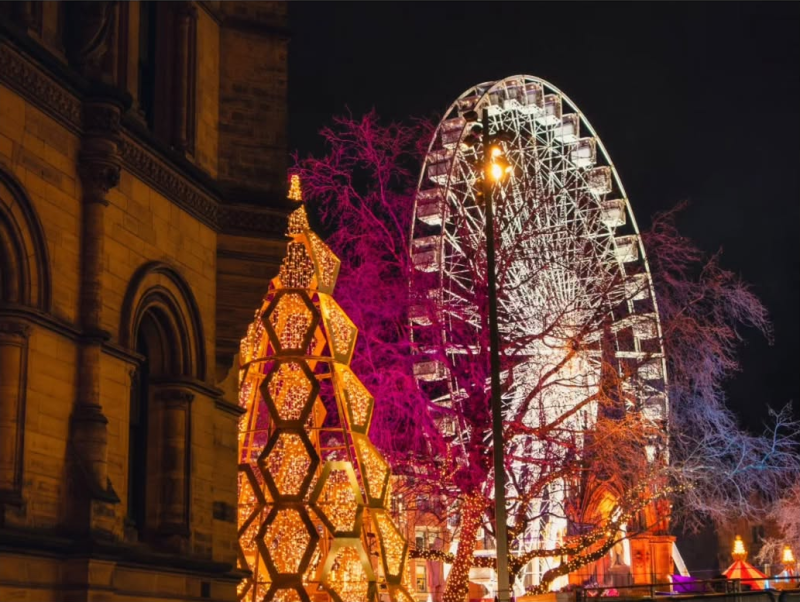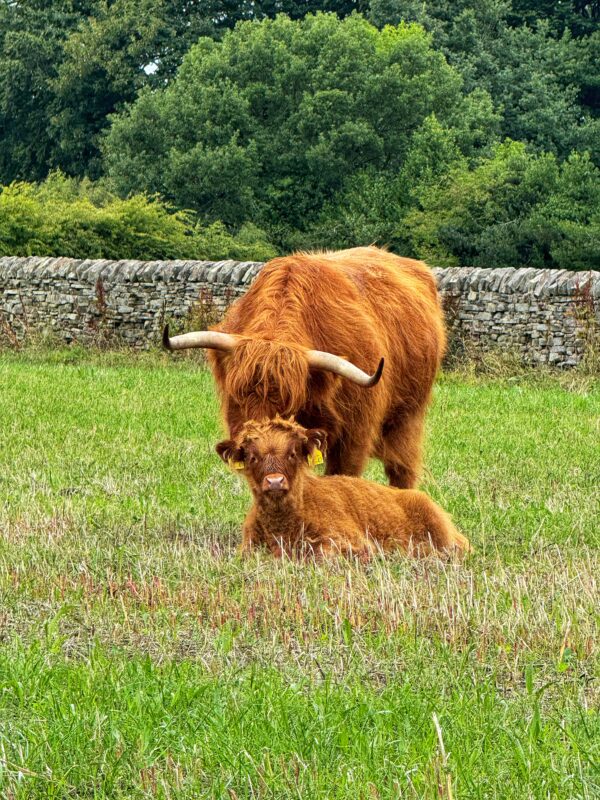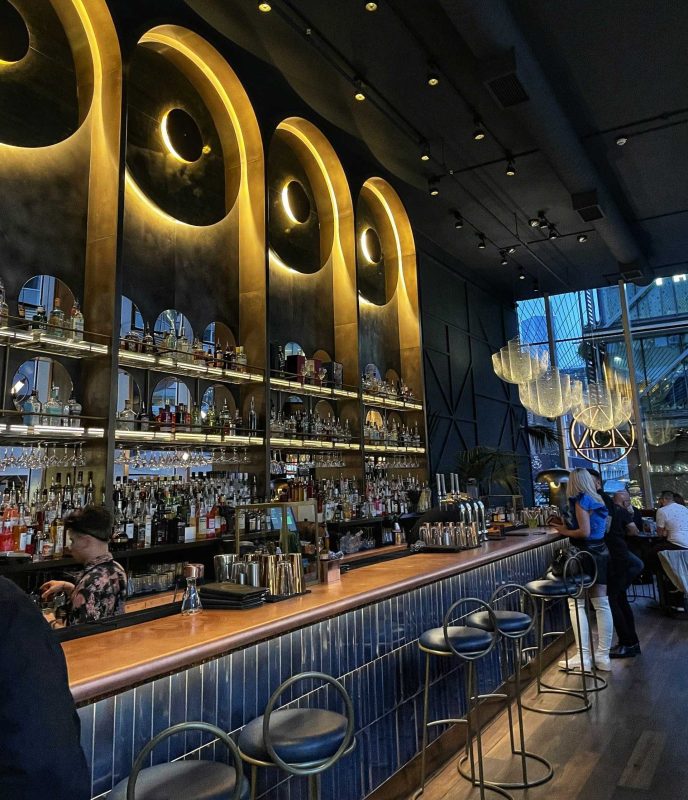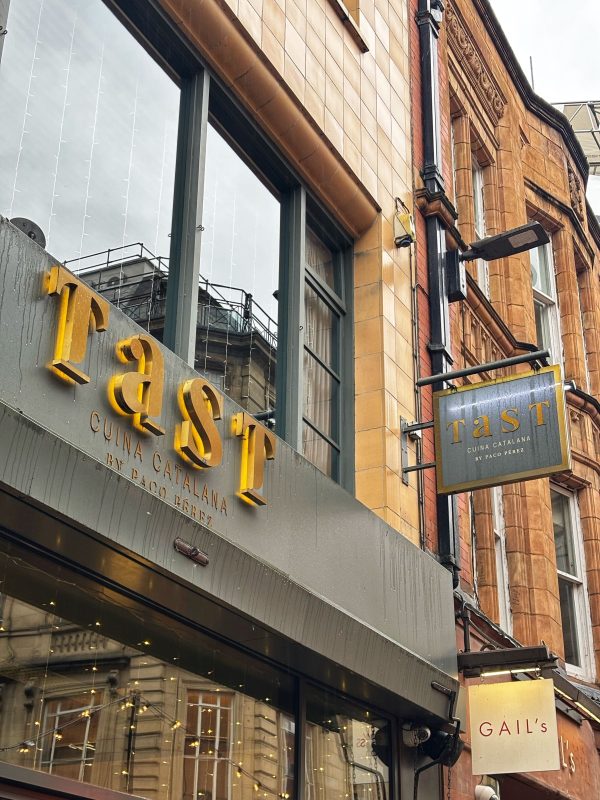News
Three Greater Manchester boroughs named in UK’s top 10 fly-tipping hotspots
Not really a title to shout about.
Three Greater Manchester boroughs have unfortunately claimed place in the list of the UK’s top 10 fly-tipping hotspots.
There’s absolutely no denying that fly-tipping has becoming an increasing issue in recent years, with the UK’s rubbish problem piling up… literally. And now new analysis of Government data has revealed that councils in England dealt with more than 2.7 million fly-tipping incidents in the past year.
In theory, this is the equivalent of more than 7,397 illegal dumps every single day.
The research, which has been conducted by garage clearance company, Rainbow Rubbish Removals, ranked local authorities on the scale of their littering crisis, looking at the number of waste and land incidents, as well as the total amount of fines issued.
This was all in a bid to find out who has earned the unwelcome title of Britain’s fly-tipping capital – and it’s not pleasant news for Greater Manchester.
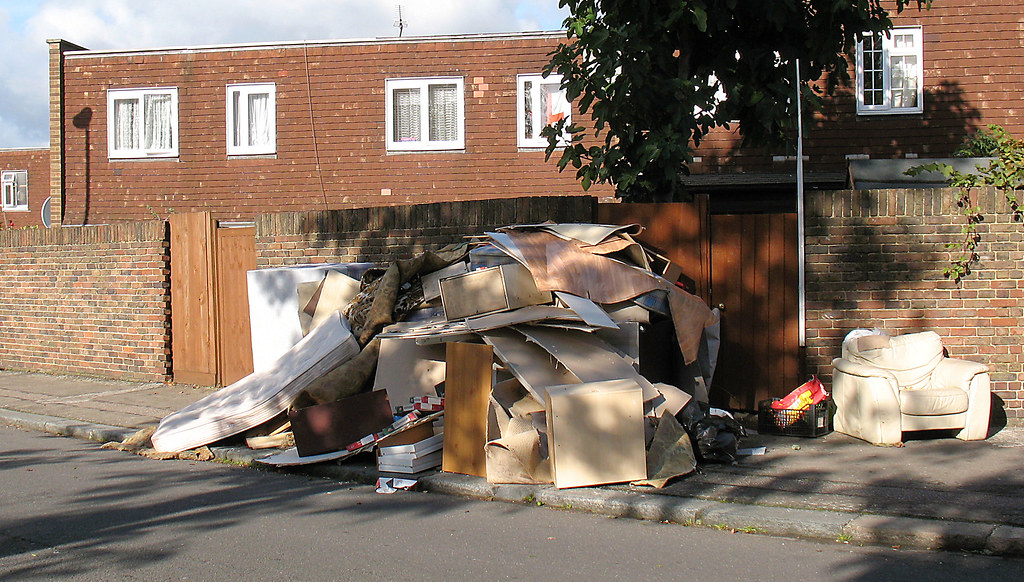
Thankfully though, while three boroughs in our region have found themselves on the top 10 list, they’re not right near the top and actually claim the last three places – with Oldham at number eight, Manchester at number nine, and Bolton in the tenth spot.
Oldham recorded 479.28 fly-tipping incidents per 10,000 residents, Manchester recorded 348.36, and Bolton had 503.36.
While Bolton recorded the most incidents out of the three local regions, it actually dished out the least amount of fines for the incidents, hence why it falls below below Oldham and Manchester.
Claiming the non-so-favourable title of the UK’s fly-tipping capital is Lewisham.
Top 10 Fly-tipping Hotspots in the UK
- Lewisham
- Newcastle
- Westminster
- Peterborough
- Newham
- Hammersmith and Fulham
- Brent
- Oldham
- Manchester
- Bolton
Several other boroughs in London also found themselves in the top 10, with Westminster, Newham, Hammersmith and Fulham, and Brent all featuring.
“Fly-tipping isn’t just an ugly blot on the landscape, it’s a stubborn public health risk and an environmental time bomb,” commented Miroslav Radov, who is a waste expert at Rainbow Rubbish Removals.
“Our findings reveal a worrying pattern in big cities, especially London [and Greater Manchester].
Read more:
- Failsworth man who advertised fly-tipping services on Facebook handed hefty fine
- Two south Manchester takeaways fined £20k for flytipping and ‘waste offences’
- Drivers caught fly tipping on M6 forced to turn round and pick it up by police
“If action isn’t stepped up, these areas could become permanent dumping grounds, with taxpayers footing the clean-up bill year after year.
“Solving this crisis means more than just sweeping up the mess – it calls for tougher penalties that bite, more accessible waste disposal options, and a cultural shift where people take real responsibility for the rubbish they create.”
Featured Image – Wikimedia Commons


